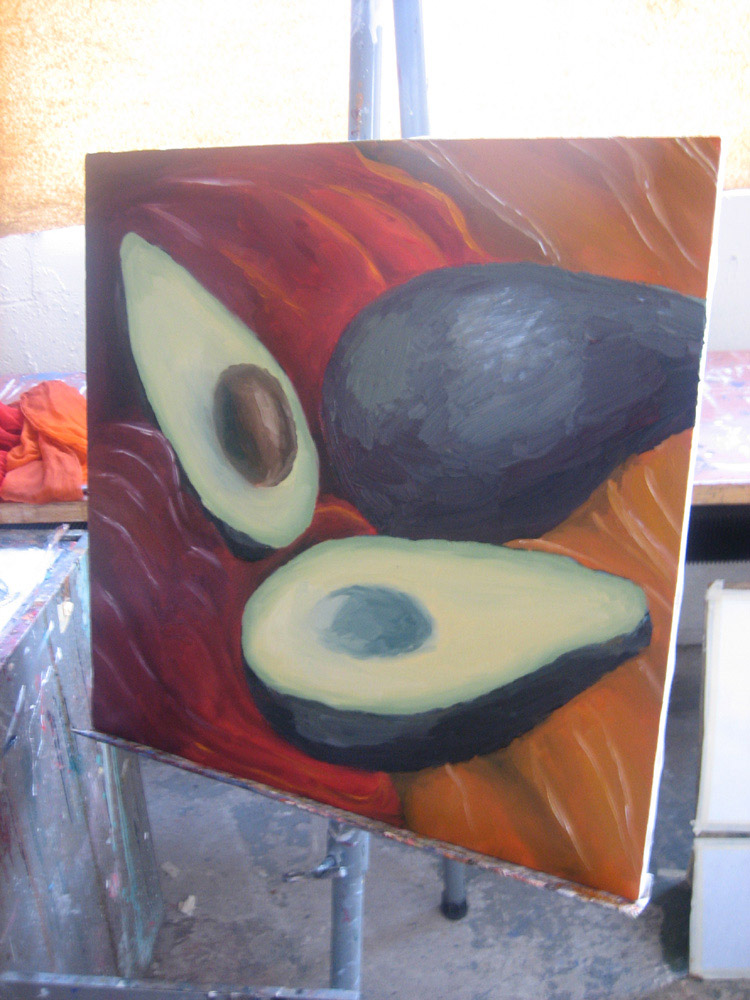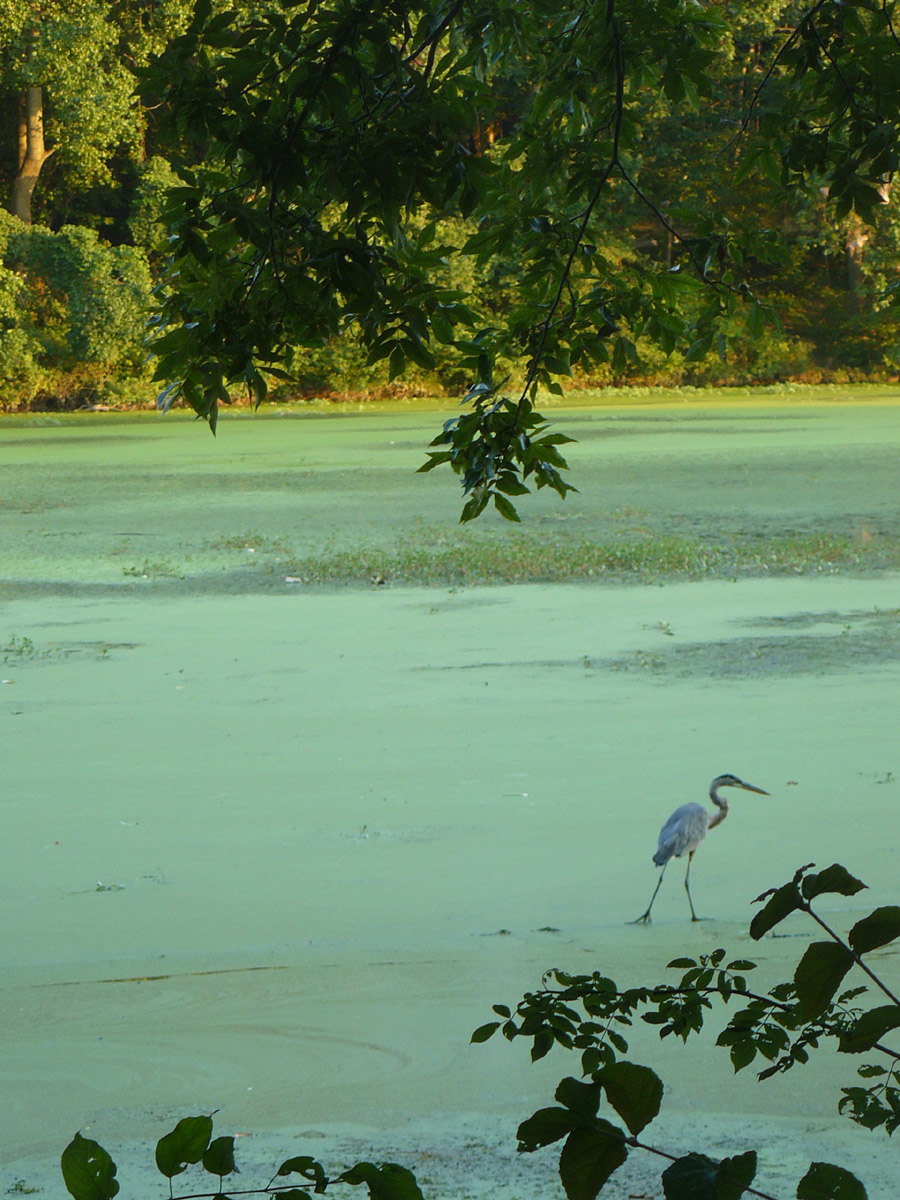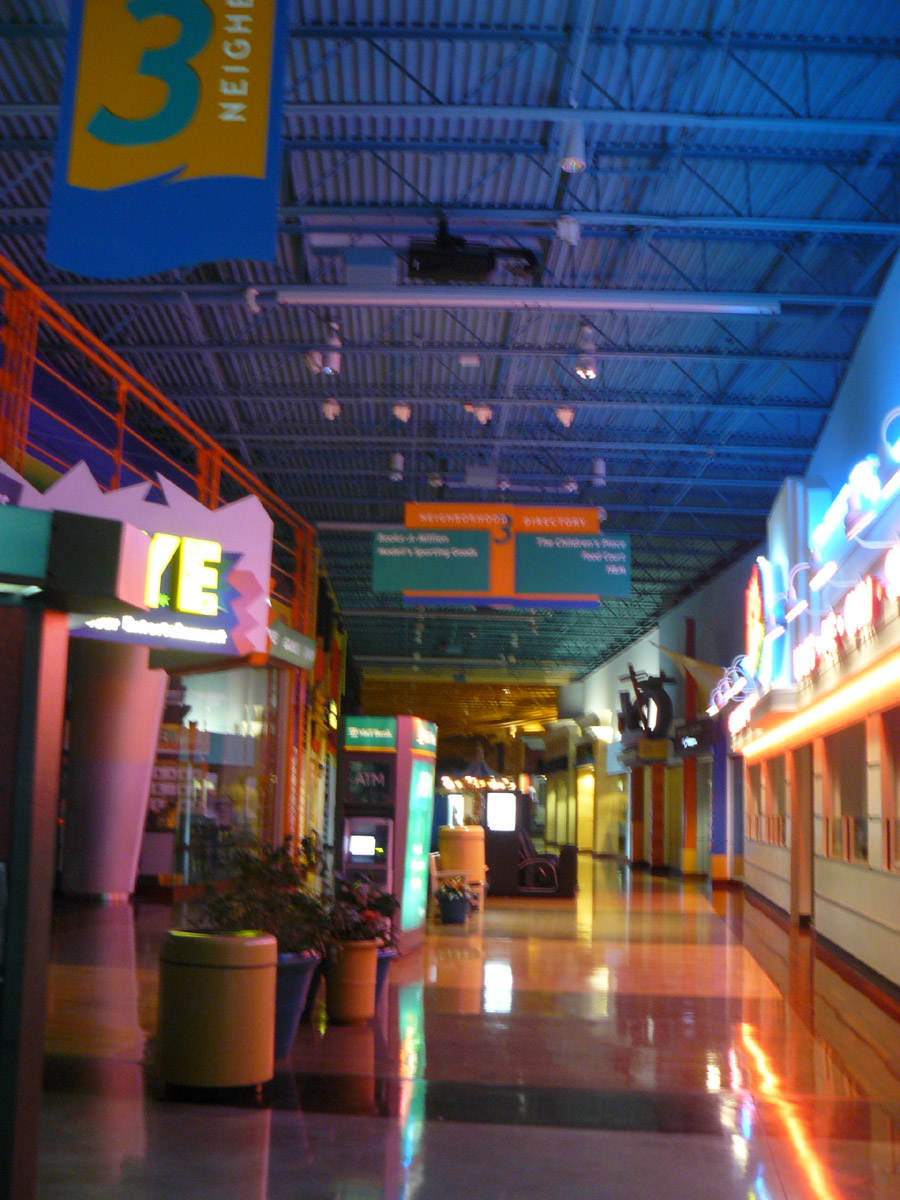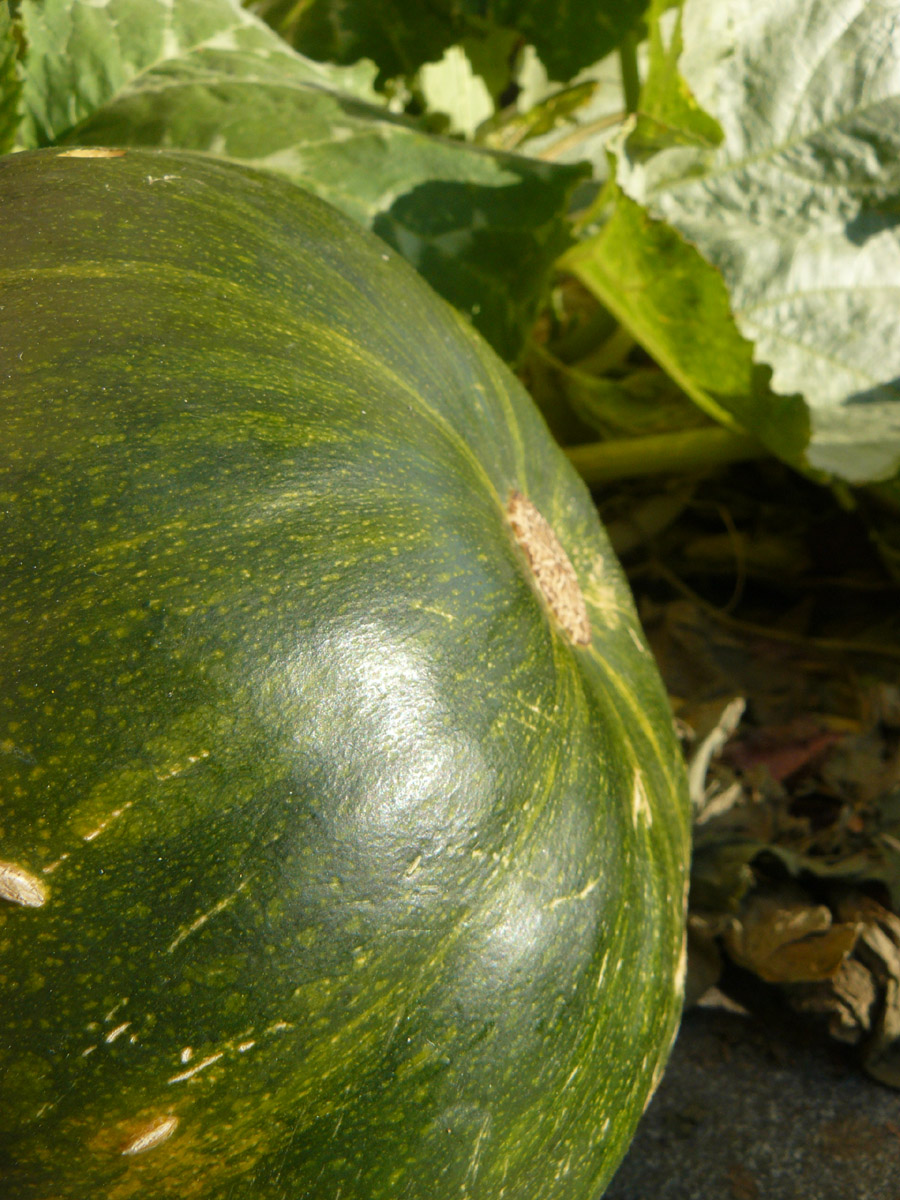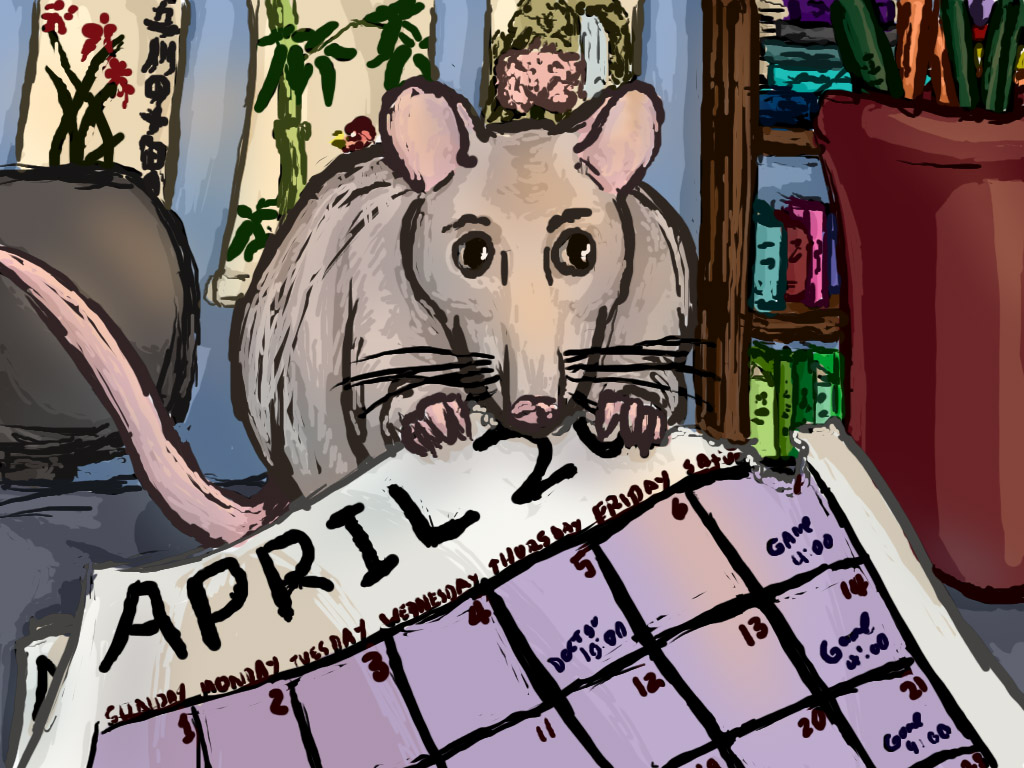 Time Drawn: April 2012 (Today!)
Time Drawn: April 2012 (Today!)
This is my 31st post.
This means I’ve been at this for a solid month. And so far, it seems to be working.
I really wasn’t sure if I’d be able to keep updating daily when I first started. I have never done well with routine, always running behind or just dropping it after a week or two. And even here, it shows some. I’ve frequently run a little late on my posts, since I’m writing them about an hour before I plan to post them (which is midnight Eastern time, by the way).
Mind you, I’m probably the only one to notice the lateness. Unless you’re checking it exactly at midnight, it doesn’t exactly matter. And my readership isn’t exactly large right now. I know my parents read it, and my sister reads it (I’ve only gotten comments from them). And I’ve spread it to friends and family some, though given how asocial I am (and my family and friends are), I don’t know if it has spread past there.
Admittedly, I’m not necessarily doing it for the readership (I didn’t tell anyone, not even my parents, that I had started this for two full weeks, since I wanted to see if I could keep it up with absolutely no outside pressure). And I’m a near-professional level lurker, reading blogs and forums and leaving not a trace behind. So if you don’t want to comment, feel free to stay quiet. I do like comments, though…
One surprising thing: I hadn’t expected to create as much art for this as I have. I was expecting to talk more about things I could screenshot on Mondays, or just not have art. But it felt so wrong to post without art. This is a daily art blog, after all. I just like chatting about my art, since I know I see it at levels others don’t.
And my art skills are already seeming to improve with this weekly quick drawing. I’m getting a lot more comfortable using my tablet, and I’m doing more with shading. I’ve got a strong tendency to over-complicate my art, so fast drawings help me work on the simpler sides.
Plus, I got to draw a rat eating a calendar. Which is awesome. *nomnomnom*
As for the future, I’m starting to look into monetization options, so stuff like ads (non-evil ones, I promise!) and a shop might pop up in the next few months. And I’m planning to keep on posting, every day.
Now I just need to get more of a buffer, so I can take vacations properly…

